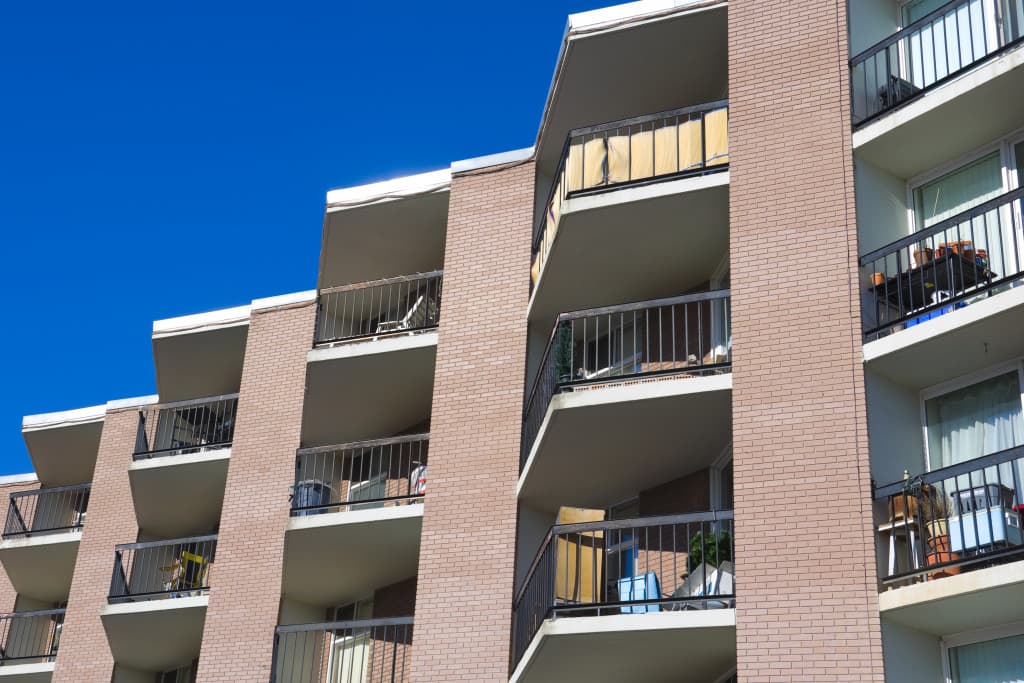
- Choose the right rental property type based on location, size, style and amenities.
- Establish a real estate investment strategy with clear goals.
- Research financing options to secure funding for your rental property.
- Thoroughly screen tenants before renting out the property and draft an appropriate lease agreement.
- Ensure adequate maintenance of the property and amenities to keep it in top condition.
Starting a rental property business is an attractive investment opportunity for many people. With the proper knowledge and resources, anyone can successfully manage rental properties. Here are five tips for starting your own rental property business to help get you on your way to becoming a successful landlord.
1. Choose Your Rental Property Type
The type of rental property you start with is a critical decision. Consider the location, size, style and amenities you want your property to have. Once you know exactly what type of rental property you’d like to own, research local residential laws and regulations to be fully informed before investing in any real estate.
Here are some rental property types you can choose from:
Single-Family Homes
A single-family home is a detached, individual dwelling unit located on its parcel of land. These homes offer more privacy and space than apartments or condominiums, making them an attractive choice for individuals or families wanting to rent out their residences to tenants. In most regions, they are the most accessible type of rental property to manage and maintain.
Multi-Family Homes
A multi-family home, or duplex as it is known in some locations, consists of two dwellings located on the same parcel of land. Generally, they are owned by the same person (or entity) and rented out separately. These properties provide an excellent opportunity to increase rental income, as the cost of maintaining and managing the property is generally lower than with a single-family residence.
Apartment Buildings
An apartment building is a multi-story building containing multiple units, typically two to five stories in height. Apartments are often more affordable for renters than single-family homes, but they can also require more time and effort to maintain. They are an excellent option for investors seeking to generate multiple rental income streams in densely populated areas.
Condominiums
A condominium is an individual unit located within a larger building or complex owned by one or more individuals. Generally, condominiums are similar to apartments, with shared amenities such as a pool, gym, or laundry facilities. They are an attractive option for those seeking an ownership stake in the property without having to manage the entire complex themselves.
2. Establishing a Real Estate Investment Strategy

Organizing your business plan is a vital component of the rental property process. A well-crafted business plan will provide a roadmap and goals to help you stay on track throughout your venture. As part of your plan, outline what kind of investment you’re willing to make and how much income you need to generate each month to break even.
3. Financing Your Rental Property
When financing a rental property, it is important to consider all possible options. Utilizing a home mortgage can be an excellent way to start building your portfolio of rental properties with minimal out-of-pocket expenses. A mortgage can also provide a steady income stream for investors, as rent is typically higher than mortgage payments. Additionally, the tax implications of taking out a loan can benefit investors. Research the loan types available and work with your financial advisor to decide which product best fits your needs.
4. Screening Tenants and Drafting Appropriate Lease Agreements
Once you’ve secured a rental property, it’s time to start looking for potential tenants. Before allowing someone to rent your property, screen them thoroughly. This includes running a credit and background check so that you can determine the reliability of each tenant. Additionally, make sure that you create a comprehensive lease agreement that outlines the tenant’s rights and responsibilities. It’s essential to adhere to legal requirements when drafting this document and include any specific rules regarding the use of your property.
5. Ensuring Adequate Maintenance of Property and Amenities
Managing your rental property once occupied is essential to being a successful landlord. This includes collecting rent on time, responding to maintenance requests promptly, conducting regular inspections and maintaining all applicable laws and regulations. Doing all these tasks will help keep your property in top condition and ensure you are a respected landlord amongst tenants. Furthermore, ensure all safety standards are met if your rental property has amenities like a swimming pool. By paying attention to the quality of your rental property, you’re more likely to attract and retain tenants in the future.
Final Thoughts
These five steps provide a basic framework for starting a rental property business. However, there is much more to consider in this type of venture. Make sure to thoroughly research all aspects of the process before diving in, and remember that you’ll need to stay organized, informed and dedicated for long-term success.





